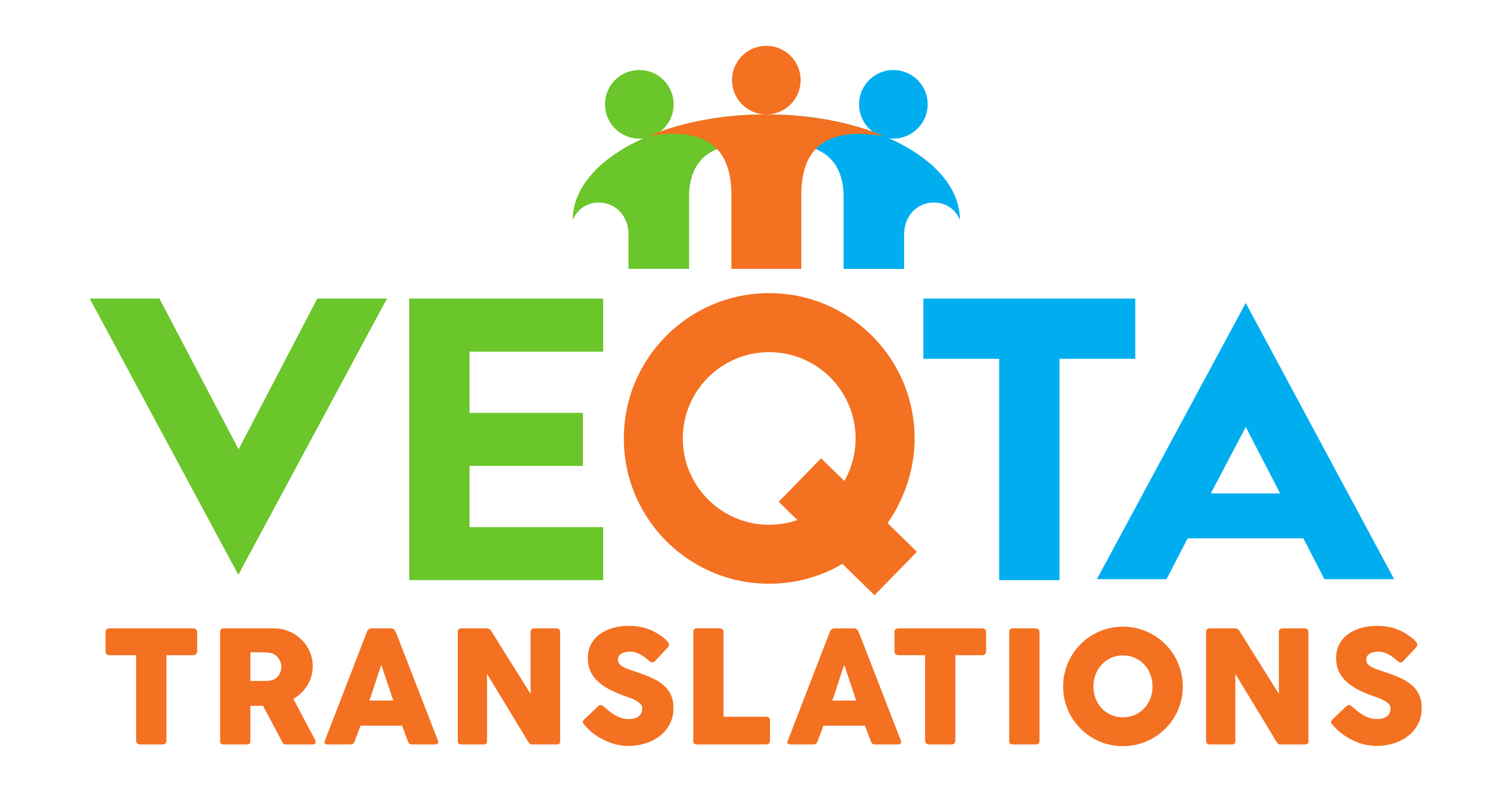Science might seem universal, but language gives it personality. When translating scientific works from French to English, we’re not just swapping words—we’re reshaping entire thought systems. French scientists love metaphors. They say things like “le cœur du problème” (the heart of the problem) or “l’arbre de la connaissance” (the tree of knowledge), painting vivid mental pictures. But English scientific writing? It’s all about clarity and precision. The question is—how do translators honor the beauty of French expression without confusing the reader or diluting meaning? This article unpacks the challenges of French-to-English scientific translation, showing how experts transform metaphor-heavy, conceptual phrasing into crisp, accessible English prose. We’ll explore strategies for handling figurative language, maintaining technical accuracy, and ensuring scientific credibility across linguistic and cultural boundaries.
The Role of Metaphor in Scientific Communication
Metaphors in French academic writing make abstract ideas relatable. But they can clash with English conventions that value straightforward statements.
Why French Scientific Writing Feels Different
French scientific prose often mirrors philosophy—layered, rhythmic, and conceptual. English, in contrast, strips down complexity to favor clarity.
The Challenge of Conceptual Transfer
Metaphors are risky. They enrich text but can mislead if translated literally. Translators must decode meaning before rephrasing.
Common French Metaphors and Their English Counterparts
- Le berceau de la vie → The cradle of life
- La pierre angulaire → The cornerstone
- L’arbre de la connaissance → The framework of knowledge
The Translator’s Balancing Act
Translators juggle linguistic fidelity and scientific integrity. One misplaced word can shift the perceived accuracy of research.
Working with Subject Matter Experts
Collaboration ensures that metaphors align with established English terminology—especially in medicine, physics, and social sciences.
Maintaining Terminological Consistency
Inconsistent terminology leads to confusion. Building a specialized glossary for recurring terms keeps translations coherent.
The Art of Simplification
Simplification isn’t dumbing down—it’s clarifying. Translators should preserve meaning while adjusting tone and structure.
Ethical Considerations in Scientific Translation
Mistranslation can distort data or findings. Scientific translators carry ethical responsibility to preserve truth and context.
The Case Study: CNRS Research Example
In a 2022 CNRS report, “l’arbre de la connaissance” became “the framework of knowledge.” This shift replaced poetic imagery with analytical clarity while maintaining the concept’s depth.
Tools and Technologies That Aid Translation
CAT tools, terminology databases, and style guides like the Chicago Manual of Style streamline the process but can’t replace human judgment.
Why Human Translators Still Matter
AI lacks the intuition to read tone or detect metaphorical nuance. Only humans can balance emotional undertone with scientific rigor.
Conclusion
Scientific translation is a subtle art—one that blends linguistic empathy with intellectual precision. Translators aren’t just language experts; they’re interpreters of thought. When moving from French to English localization, the goal is to let ideas shine through the fog of abstraction. It’s about clarity, not conformity. So next time you read a translated research paper that feels both accurate and elegant, remember: behind every precise phrase lies a translator who made hundreds of micro-decisions to keep truth and beauty in balance. For researchers, hiring skilled translators isn’t a luxury—it’s a safeguard for credibility. If you’re stepping into global publication, invest in professional translation. It’s not just about sounding right; it’s about being understood.
FAQs:
Why are metaphors common in French science writing?
They help simplify abstract theories and make ideas relatable.
How do translators decide when to keep metaphors?
They analyze whether the metaphor enhances or obscures clarity.
What’s the biggest risk in literal translation?
Miscommunication that changes how research is interpreted.
Can AI handle scientific translation well?
Not fully—AI still struggles with metaphor and conceptual depth.
What’s the main goal in scientific localization?
To maintain accuracy while ensuring global readers understand effortlessly.


